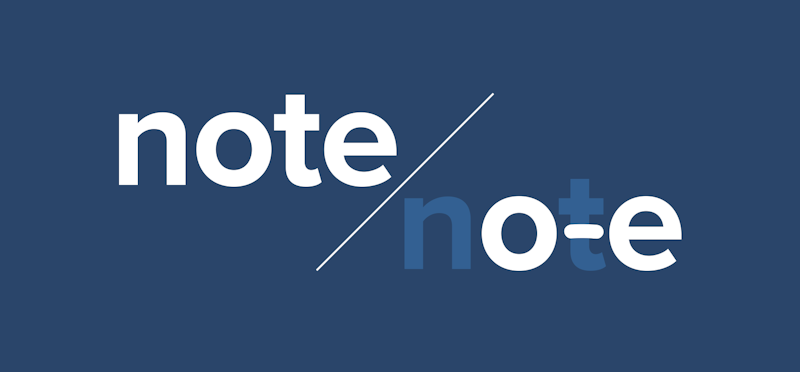The OnTrack Reading Homeschooling Program
OnTrack Reading Phonics Program
Teach your student the phonics advanced code in as little as 8 weeks with our 170-page workbook and instruction manual.
This reading program for homeschoolers is a combination of two phonics methods that have been found to be unusually effective, one designed for rapid teaching of the phonics code, and the other a complete, phonics-based, reading and writing curriculum.
Late in the 1990's I became interested in reading instruction and received formal training in the reading method described in the book Reading Reflex, written by Geoffrey and Carmen McGuinness.
During that time I also studied several other reading curricula and was extremely impressed by the method developed by Ms. Romalda Spalding in the 1950's and published as The Writing Road to Reading (commonly called WRTR) in 1957. Her method has stood the test of time and WRTR and was republished as a Sixth Edition in 2012. Public schools that used her program in the 1960's and 70's had students reading and writing well above grade level, and teachers using it today can furnish numerous anecdotal reports of significant achievements by their students.
During my tenure as a reading instructor in private practice at OnTrack Reading, I developed an Advanced Code Phonics Workbook that essentially blended the two methods mentioned above. This was relatively easy to accomplish because both programs approached reading instruction using phonograms. However, they differed in some key areas, so I spent a lot of time working out those differences when designing my workbook. Along the way, I came to several conclusions as to how I would revise the Ms. Spalding's program to make it even more effective.
Merging the Two Programs
My goals in creating the OnTrack Reading Homeschooling Program were to make Ms. Spalding's program easier to use by a parent and, also, to make it easier to understand by a child. The McGuinness's approach centers on presenting material at a level of logic that a young child could easily handle. As a result, it was also relatively easy to learn the instructional methods required. However, Romalda Spalding's approach is far more comprehensive, puts a strong emphasis on writing skills, and takes a student much further along in a reading and writing curriculum and, for all those reasons, is well suited for homeschooling.
Importantly, both programs share one key feature beyond their emphasis on phonograms. They both rely upon classic children's literature for reading material very early in the curriculum.
Addressing Dyslexia
I admire Ms. Spalding's approach for yet another reason. She was, even in the 1950's, very conscious of dyslexia. In fact, if you are concerned that your child has dyslexic tendencies and want to have the best chance of overcoming any such tendencies with a reading program alone, I believe you should consider using The Writing Road to Reading (WRTR), either in its original form, or as modified here. I say this because her program covers more developmental bases than any other parent-guided reading program that I’ve seen. Indeed, one of the reasons she gives for closely following the procedures she prescribes in WRTR is that doing so will “overcome a tendency towards dyslexia.”
While I have considerably more to say on the topic of dyslexia elsewhere on this site (See Understanding the Dyslexia Puzzle), I'm convinced that if you follow her curriculum, or the modified one I present here, you will at least rule out poor or insufficient phonics instruction as a cause of your child's reading struggles. In fact, if your child has already struggled with phonics instruction, be sure to read the dyslexia information on this site, particularly The Diet Piece of the Dyslexia Puzzle and The Vision Piece of the Dyslexia Puzzle.
Whether or not Ms. Spalding was right in assuming that a “tendency towards dyslexia” could be overcome, children should be guided from the beginning towards proper posture, pencil grip and letter formation. If your child can’t perform these tasks appropriately by the age of six or so, then you should consider investigating potential causes as suggested above.
Why Should You Consider the OnTrack Reading Homeschooling Program?
There are two reasons. The first is that Ms. Spalding's coding process, the way she marks up the sounds in words, is unnecessarily complicated; it's also inconsistent in some respects, as you will see when you read the Improved Coding section.
The second reason is to enable your child to learn to break long words into phonetically-accurate "chunks" rather than the artificial syllables created long ago by Noah Webster. If you modify the coding process as suggested here, it will be a simple matter to also implement the OnTrack Reading Multisyllable Method, a chunking method that I used successfully with nearly 200 struggling readers in one-on-one instruction. And, by doing so, you will be teaching your child to efficiently attack words of two, three, four, and even five syllables with confidence and accuracy.
Getting Started with the OnTrack Reading Homeschooling Program
The next section, Improved Coding, describes the curriculum changes you will be making as you go through The Writing Road to Reading curriculum. Note that you will be using Ms. Spalding's book throughout (or possibly one of the commercial offshoots); you'll just be making certain modifications to the coding process, as described in that section.
The following section, Improved Decoding, will show you how to easily incorporate the OnTrack Reading Multisyllable Method that I used one-on-one with nearly 200 struggling readers in my private reading business. This method relies upon chunking words, rather than breaking them into syllables as WRTR does, and will be exceptionally useful when your child attempts to decode unfamiliar words.
My suggestion is to read both of the above sections to see what you think of the recommended modifications. If you decide to adopt them, you will find what you need to do next laid out in the section Step by Step Instructions.
In the Supplies section you'll find materials you will need to use Ms. Spalding's program (even if you decide not to modify it as I propose here), including links to some of the children's literature recommended in WRTR. Unless you decide to purchase a commercial program based upon Ms. Spalding's work, the most expensive immediate purchase will be a copy of WRTR. Most of the rest of the expense will depend on how extensive a home library of children's literature you decide to build and how you go about doing so.
Finally, the Rationale for Changes section covers a lot of the work that I did while developing the OnTrack Reading Homeschooling Program. It's there for completeness, but a parent doesn't need to read it to utilize the modifications described here.




